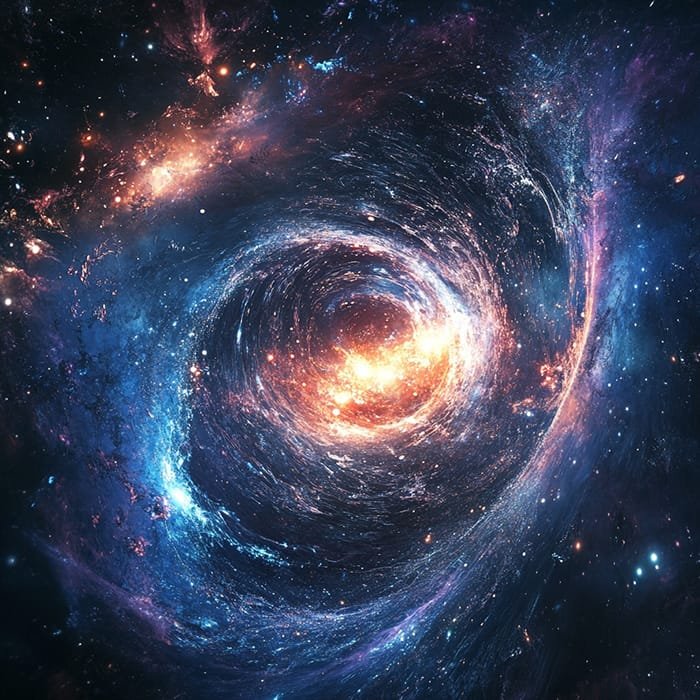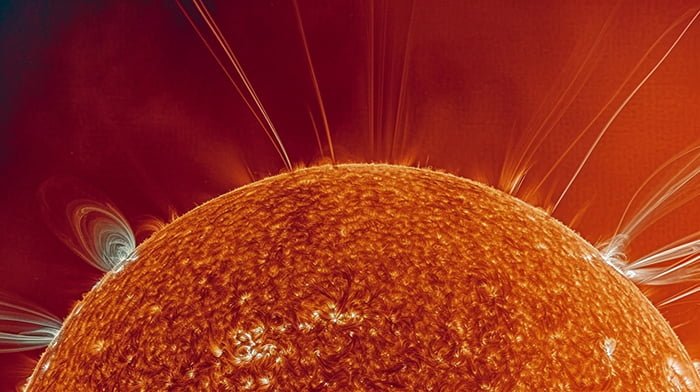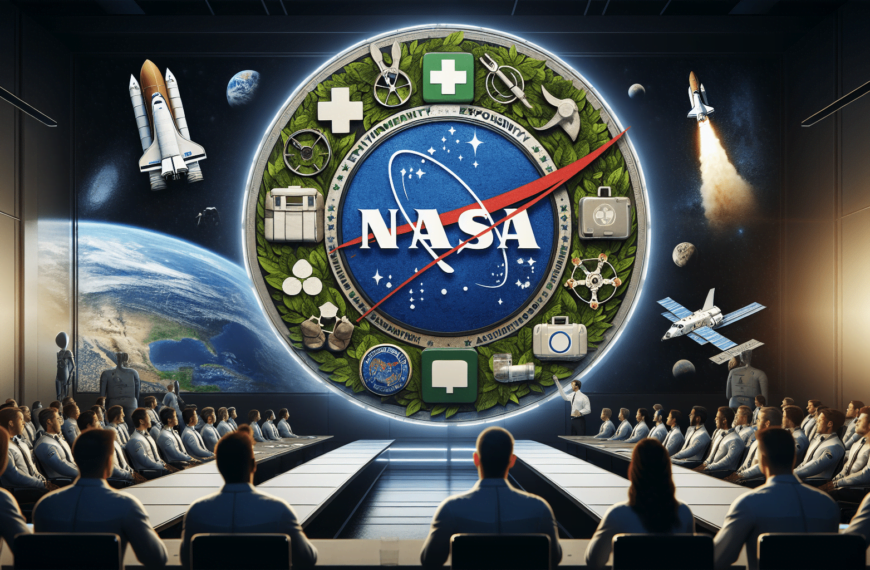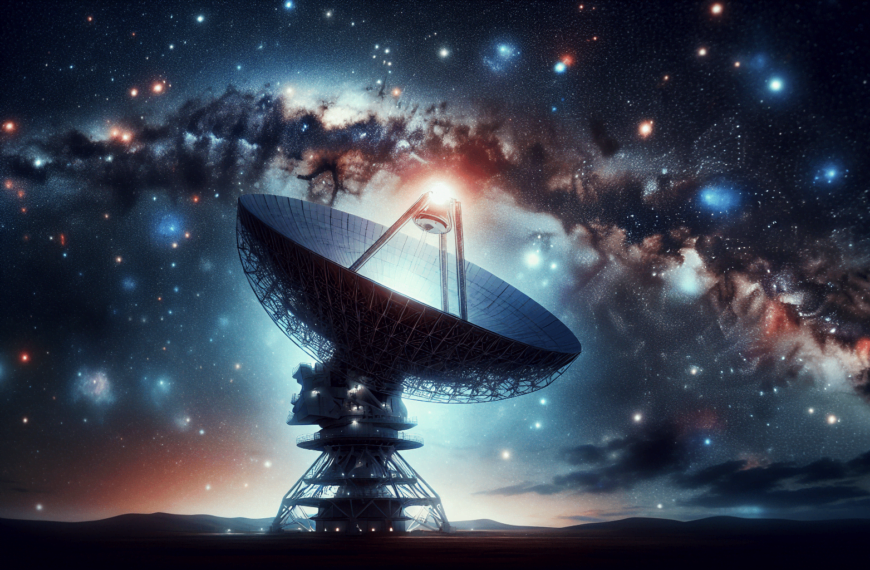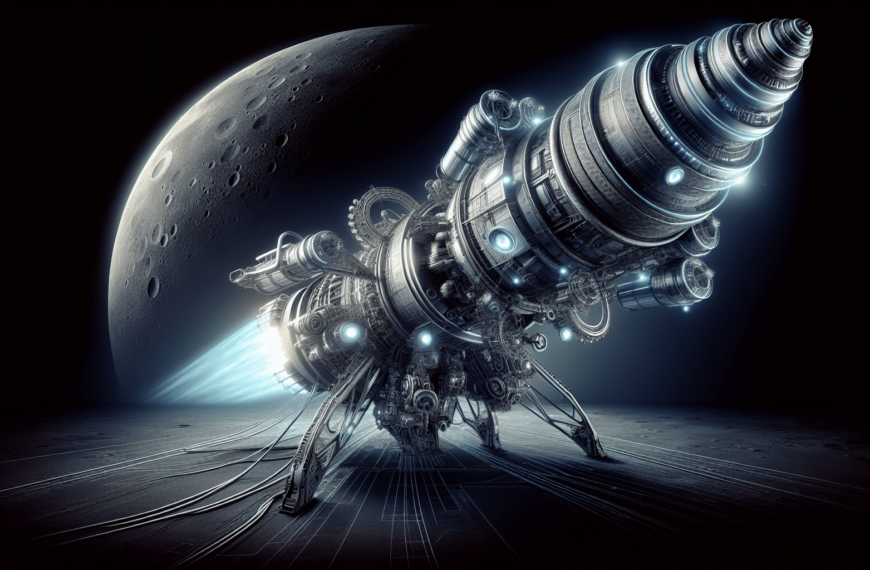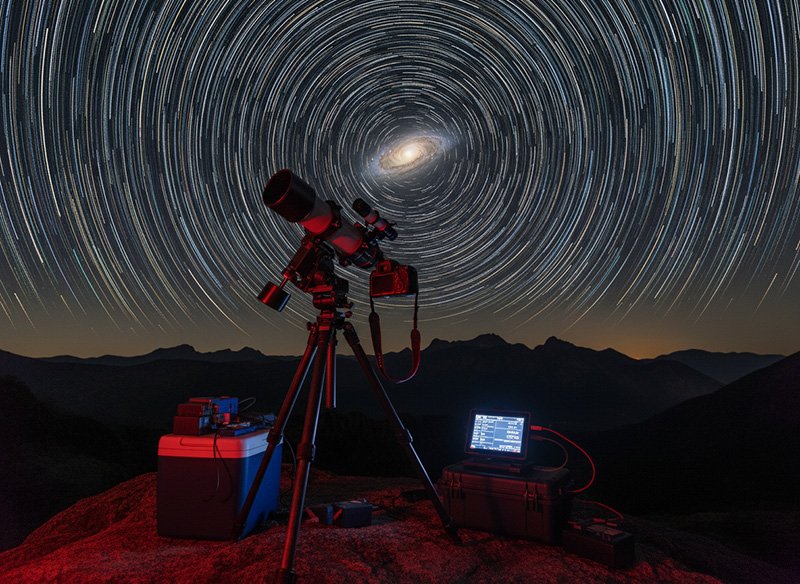Exploring cosmological particle creation, scientists use quantum computers to simulate the universe’s early conditions, revealing dark matter insights.
Key Takeaways 📝
- Quantum Computing Revolution: Scientists are using quantum computers to simulate conditions of the early universe, unveiling insights into particle creation and dark matter.
- Surprising Statistics: Recent studies suggest that over 85% of the universe is composed of dark matter and dark energy, yet their exact nature remains largely unknown.
- Contrarian Perspective: While many view cosmology as a purely theoretical field, this article argues that advancements in quantum simulations could lead to tangible breakthroughs in our understanding of the universe.
- Real-World Applications: The techniques developed for cosmological simulations may enhance technologies in various fields, including cryptography and drug discovery.
- Core Message: Understanding cosmological particle creation through quantum computing is not just about exploring the universe; it holds the key to solving some of science’s biggest mysteries.
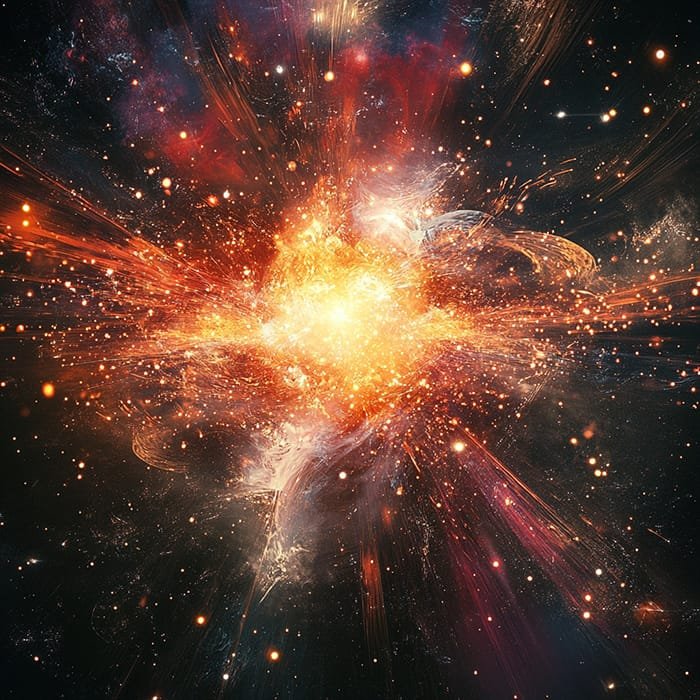
The Quantum Frontier of Cosmological Particle Creation
Imagine if you could host the universe on your laptop—what a mind-boggling thought! Today, we’re diving into the exhilarating world of cosmological particle creation, a frontier where quantum computing meets the vastness of the cosmos. This isn’t just science fiction; it’s a realm where scientists simulate the very building blocks of the universe using the extraordinary capabilities of quantum computers. But what does this mean for science, and how exactly are they doing it? Let’s explore this captivating topic from all angles.
1. The Basics: What is Cosmological Particle Creation?
Cosmological particle creation refers to the process where particles are generated in the early universe conditions. This phenomenon is deeply rooted in the principles of quantum mechanics and general relativity. It’s like baking a cake where the universe is the batter, and particles are the chocolate chips sprinkled throughout, forming as the universe expands and cools.
1.1 The Birth of Particles in the Early Universe
To truly grasp cosmological particle creation, we must travel back to when the universe was just a tiny, hot soup of energy. During this period, known as the Big Bang, the universe began to expand, cooling and allowing energy to convert into particles. Think of it like steam condensing into water droplets as it cools.
1.2 Why Quantum Mechanics and General Relativity Matter
These two pillars of modern physics—quantum mechanics and general relativity—are crucial in understanding how particles in the universe’s infancy came to be. While general relativity describes the universe on a large scale, quantum mechanics provides the rules for the tiny particles that are the building blocks of everything.
2. The Role of Quantum Computers in Simulating the Universe
Quantum computers are the latest marvels in computation, capable of solving problems far beyond the reach of classical computers. But how do they fit into our narrative of cosmological particle creation?
2.1 What Makes Quantum Computers Special?
Unlike classical computers, which use bits as the smallest unit of data, quantum computers use qubits. These qubits can exist in multiple states simultaneously, a property called superposition. This allows quantum computers to perform complex calculations at unprecedented speeds.
2.2 Why Use Quantum Computers for Cosmological Simulations?
Traditional computers face limitations when simulating quantum systems due to the sheer computational power required. Quantum computers, however, naturally simulate these systems, making them ideal for modeling the early universe’s conditions.
3. The Who and When: Key Players in Cosmological Particle Creation
In this section, we’ll spotlight the pioneers and timelines that have shaped the study of cosmological particle creation using quantum computers.
3.1 Pioneering Scientists and Institutions
Several leading scientists and institutions are at the forefront of this revolutionary field. Researchers from institutions like the Max Planck Institute and MIT are pushing boundaries, exploring the potential of quantum computers to unlock the mysteries of the universe.
3.2 Milestones in Simulation Technology
From the development of the first quantum algorithms to today’s advanced simulations, the journey has been one of rapid innovation. Key milestones include breakthroughs in quantum algorithms designed specifically for cosmological simulations, marking a new era in computational astrophysics.
4. How: The Mechanics of Simulating Cosmological Particle Creation
Let’s delve into the nuts and bolts of how scientists simulate cosmological particle creation using quantum computers.
4.1 Developing Quantum Algorithms for the Cosmos
Creating simulations of the universe requires specialized quantum algorithms. These algorithms must account for the complexities of both quantum mechanics and relativity, effectively bridging the two theories.
4.2 The Simulation Process: Step-by-Step
The process begins with defining the initial conditions of the universe, using quantum algorithms to replicate the high-energy environment of the Big Bang. Next, the simulation tracks particle formation as the universe expands and cools, providing insights into particle interactions and properties.

5. The Impact: Why Cosmological Particle Creation Matters
Understanding cosmological particle creation isn’t just an academic exercise; it has profound implications for our understanding of the universe.
5.1 Unraveling the Mysteries of Dark Matter and Dark Energy
These elusive components of the universe remain among the greatest mysteries in cosmology. Simulating particle creation may offer clues to the nature of dark matter and dark energy, potentially solving puzzles that have baffled scientists for decades.
5.2 Enhancing Quantum Computing Technology
The demands of simulating the universe drive advancements in quantum computing itself. As scientists refine their techniques, they pave the way for breakthroughs in other fields that require massive computational power, from cryptography to drug discovery.
6. The Future: Where Do We Go from Here?
Looking ahead, the field of cosmological particle creation is poised for exciting developments.
6.1 Potential for New Discoveries
As quantum computing technology advances, so too does the potential for new discoveries in cosmology. Future simulations could provide insights into the earliest moments of the universe, helping us understand how the cosmos as we know it came to be.
6.2 The Broader Implications for Science and Technology
Beyond cosmology, the techniques and technologies developed in this field have far-reaching implications. The skills honed in simulating the universe could lead to innovations in industries that rely on complex simulations, from climate science to artificial intelligence.
In the vast, ever-expanding tapestry of the universe, cosmological particle creation is a thread that holds many secrets. By leveraging the power of quantum computers, scientists are beginning to unravel these secrets, offering glimpses into the very fabric of reality. As we continue this journey, the potential for discovery seems as boundless as the universe itself.
FAQs
1. What is cosmological particle creation?
Cosmological particle creation refers to the process where particles are formed in the early universe, primarily through the interplay of quantum mechanics and general relativity.
2. Why are quantum computers used in cosmological simulations?
Quantum computers are uniquely suited to simulate quantum systems due to their ability to handle complex calculations that would be infeasible for classical computers.
3. What role do quantum algorithms play in these simulations?
Quantum algorithms are essential for modeling the conditions of the early universe, providing the computational framework to simulate particle formation and interactions.
4. How does simulating particle creation help us understand dark matter?
By recreating the conditions of the early universe, scientists can study particle interactions that might shed light on the properties and behaviors of dark matter.
5. What are the broader implications of advancements in this field?
Advancements in simulating cosmological particle creation could lead to breakthroughs in quantum computing technology, impacting various fields that require substantial computational power

